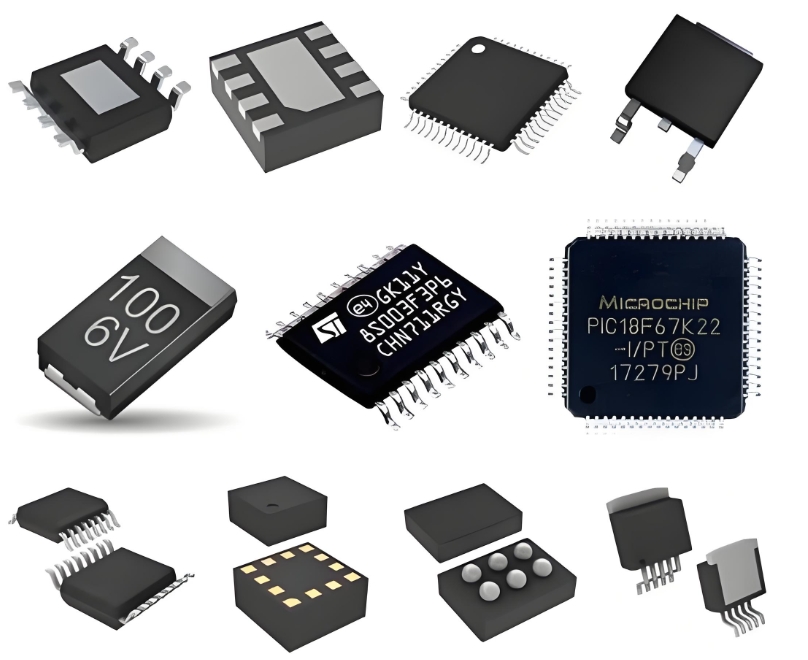**ADV7179BCP: A Comprehensive Technical Overview of Analog Devices' Video Encoder**
The **ADV7179BCP** from Analog Devices (now part of Analog Devices Inc. following the Linear Technology merger) stands as a pivotal component in the history of video signal generation. This highly integrated device is a complete **digital-to-analog video encoder** designed to convert digital video data into standard analog baseband television signals. It served as a workhorse for a vast array of applications, from set-top boxes and video conferencing systems to medical imaging equipment and industrial visual displays.
At its core, the ADV7179BCP accepts digital luminance (Y) and chrominance (C) data in either 4:2:2 or 4:4:4 formats. This data is processed through an internal **color space converter**, which seamlessly translates digital component video into the required analog domain. The chip incorporates five separate 10-bit video Digital-to-Analog Converters (DACs). Four of these are dedicated to generating the primary analog outputs: **composite video (CVBS)**, S-Video (luma and chroma), and component video (YPbPr). The fifth DAC is highly versatile, often used to supply a **programmable sync tip level** or to generate a VGA-style analog video output, showcasing the device's flexibility.
A key strength of the ADV7179BCP is its unparalleled output flexibility. It supports all major analog broadcast standards worldwide, including:
* **NTSC** (National Television System Committee) for North America and Japan.
* **PAL** (Phase Alternating Line) for much of Europe, Asia, and Africa.
* **SECAM** (Séquentiel couleur à mémoire) for France, parts of Eastern Europe, and Africa.
This multi-standard support is managed via an easy-to-use **on-chip control register set**, which is programmed through a serial interface (either I²C or a 3-wire serial port). This allows system designers to configure everything from output formats, subcarrier frequencies, and closed captioning data insertion to the specific output levels for each signal without requiring external components.

The encoder also features sophisticated on-chip timing generation, reducing the need for external clocking circuitry. It can genlock to an external sync source, a critical feature for broadcast and professional applications where multiple video sources must be synchronized. Furthermore, its ability to handle both **interlaced and progressive scan** input formats made it a forward-looking solution for its time, bridging the gap between standard definition and early high-definition applications.
Despite the industry's massive shift towards digital interfaces like HDMI and DisplayPort, the ADV7179BCP remains a relevant and reliable solution for modern systems that require legacy video output support or are cost-sensitive. Its high level of integration minimizes the external component count, leading to a smaller PCB footprint and reduced overall system cost.
**ICGOODFIND:** The ADV7179BCP is a quintessential example of high-integration analog mixed-signal design. Its comprehensive feature set, encompassing multi-standard support, multiple high-resolution DACs, and flexible programmability, solidified its position as an industry-standard video encoder for over a decade. It demonstrates a critical transition technology that enabled the digital world to connect seamlessly with the vast installed base of analog displays.
**Keywords:**
1. **Video Encoder**
2. **Digital-to-Analog Converter (DAC)**
3. **NTSC/PAL/SECAM**
4. **Composite Video**
5. **I²C Programmable**
